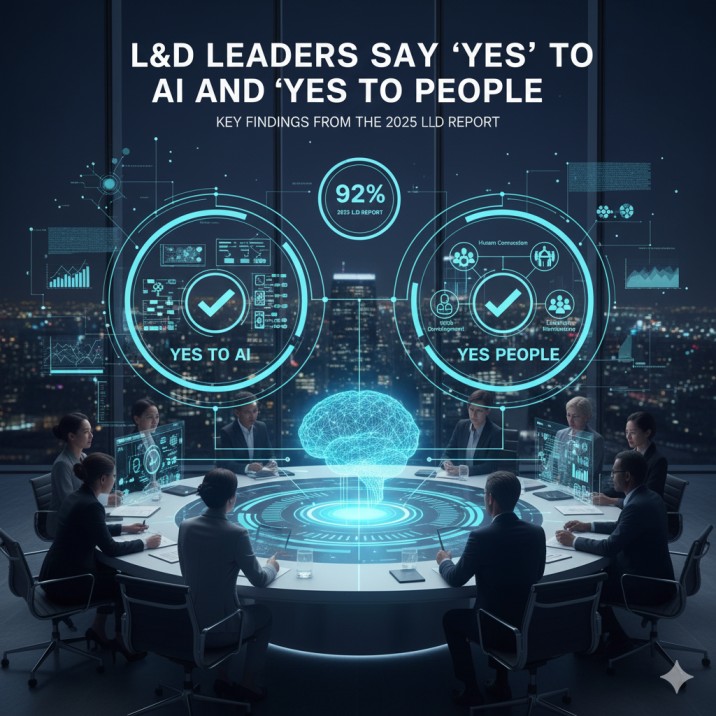AI Agents Helping Enterprises Stay Compliant—Thanks to Salesforce
Did you know?
Recently, Salesforce announced two new AI agents: one that monitors security issues and one that handles privacy and compliance tasks. These agents are built into its new platform for enterprises.
The agents can scan large amounts of data, spot when something unusual happens, and help companies follow rules and regulations more easily.
So, what does that mean? For big organisations that have to deal with many laws, rules and controls (for example, about user data, privacy and access control), this is a big deal.
How these AI agents help with compliance
Here are some clear ways how they help:
a) Finding risky behaviour
The security-focused agent in Salesforce’s Security Centre checks which users are doing what. For example, if someone logs in from a faraway location and accesses many systems quickly, the agent can flag that as unusual behaviour and alert the security team.
This means companies don’t have to wait for a human to notice; the “enterprise regulatory compliance AI” thing is watching constantly.
b) Handling the rules about data and privacy
The privacy-compliance agent scans data stores and metadata in the organisation. It compares them to frameworks like the General Data Protection Regulation (GDPR) or the California Consumer Privacy Act (CCPA). The agent will flag where sensitive personal data is exposed or where rules are broken, suggest next steps and can even act to enforce data-management policies.
If you want to read further about what compliance might look like in the near future, check this suggested read: How Cybersecurity Compliance Will Look Like in 2026
c) Giving the link between compliance and automation
These agents are built on the Salesforce Agentforce platform. That means they integrate with existing workflows and data and therefore become part of how the company works daily: “automated compliance solutions” embedded in the business.
Another suggested read here: AI + Humans: Cybersecurity Superpower
Why this matters for enterprises
Here are three reasons why these developments are meaningful for organisations:
- Speed and scale: Manual compliance checks are slow and heavy. If you have thousands of users, many systems, and many rules, humans alone can’t keep up. These agents help scale up the “AI agents for GRC” efforts.
- Accuracy and context: Because the agents are connected to business data and can interpret metadata, they bring more relevant context when raising issues. That means fewer false alarms and more useful alerts.
- Better governance: With an “AI governance tools Salesforce” angle, enterprises get more visibility over how compliance tasks are done, how risks are measured and how controls are enforced. This helps companies show regulators, auditors, and internal stakeholders that they are managing risk.
And if you are thinking about how all this fits together, a good, suggested read is: Navigating the AI Landscape: The Importance of AI Compliance Certification
What organisations should keep in mind
Even though the tech is powerful, there are some practical points:
- Build trust first: The article explains how companies should start with human-in-the-loop review before allowing full autonomy. (CSO Online)
- Use existing data and systems: these agents work best when integrated into existing workflows and when data is accessible and clean.
- Don’t skip the policy and process work: technology doesn’t replacepolicy; it supports it. Organisations still need clear rules, roles and processes for risk, compliance and governance.
- Train teams and change culture: Because these are new ways of working (“automated compliance solutions”), teams need training, awareness, and a shift in mindset.
If you want ideas about advanced training, here is another suggested read: Enrol in AI Advanced Threat Detection Training and Lead Security
How this all ties back to Salesforce’s approach
Salesforce is positioning itself not only as a CRM vendor but as a platform for “agentic enterprise” where humans and AI agents work together. Their platform, Agentforce, is built with in-built controls (“AI governance tools Salesforce”), a trust layer, and connectivity to external systems.
This means companies using Salesforce can adopt “Salesforce AI compliance agents” and “enterprise regulatory compliance AI” without building everything from scratch. The ecosystem (integrations, partner marketplace) supports adding more capability.
In effect, for companies, this means using a trusted platform and extending it for compliance, governance, and risk management, rather than piloting isolated tools. That helps speed up adoption and reduce risk.
Final thoughts
If your organisation is trying to keep up with regulations, data-protection laws, user-access controls, audits, and risk assessments, the new wave of AI agents in platforms like Salesforce offers a real chance to move toward “always-on” compliance rather than occasional checks. The “AI agents for GRC” can become part of your operational fabric.
For professionals, whether you are in risk, audit, security, compliance or IT governance, this means your role is evolving. You will increasingly interface with tools, dashboards, autonomous workflows, guardrails and analytics. Having knowledge of how “automated compliance solutions” work, plus understanding the governance around them, will give you an edge.
If you are an organization or individual looking to build capability in this space, consider pursuing an “AI Security Compliance certification” through AI CERTs. The certification can help you understand how to design, deploy and govern these compliance-orientated AI solutions effectively.
Take the next step: organizations can empower their teams with this certification so they can confidently take on the next generation of enterprise compliance challenges with AI assistance.
Recent Blogs

FEATURED
10 Ways AI Is Giving a New Life to Bitcoin Mining Infrastructure
November 19, 2025
FEATURED
Bitcoin Eyes $125K as AI Signals a Big Move — Here’s the Story Behind the Numbers
November 19, 2025
FEATURED
Why L&D Leaders Are Saying ‘Yes’ to AI and ‘Yes’ to People: Key Findings from the 2025 L&D Report
November 19, 2025
FEATURED
Exploring the AI Leap from C.H. Robinson’s Agentic Platform
November 19, 2025
FEATURED
Why the Head of Bloomsbury Says AI Can Kick-Start Creativity
November 19, 2025

